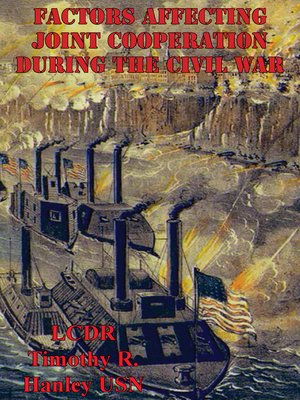
Sign up to save your library
With an OverDrive account, you can save your favorite libraries for at-a-glance information about availability. Find out more about OverDrive accounts.
Find this title in Libby, the library reading app by OverDrive.



Search for a digital library with this title
Title found at these libraries:
| Library Name | Distance |
|---|---|
| Loading... |
This study is a historical analysis of selected joint Army Navy operations conducted along the East Coast during the American Civil War. It begins with a description of the ante-bellum conditions of the Army and Navy and the organizational structure of the War and Navy Departments. Three joint operations are analyzed; the Fort Sumter Relief Expedition of 1861, the Port Royal Expedition of 1862, and the Charleston Campaign of 1863. In none of the joint operations covered by this study was there a unified command structure between the Army and Navy. Mutual support between the services was dependent upon voluntary cooperation between the respective service commanders. This study determines what factors influenced the degree of cooperation between the service commanders of joint operations during the Civil War. Many of the factors which either facilitated or hindered joint cooperation during that time could affect contemporary joint operations, particularly in the early stages before a unified command structure is established. An appreciation of those factors is both helpful in understanding the outcome of Civil War joint operations as well as providing some insight into the problems faced by contemporary commanders in a joint environment.







